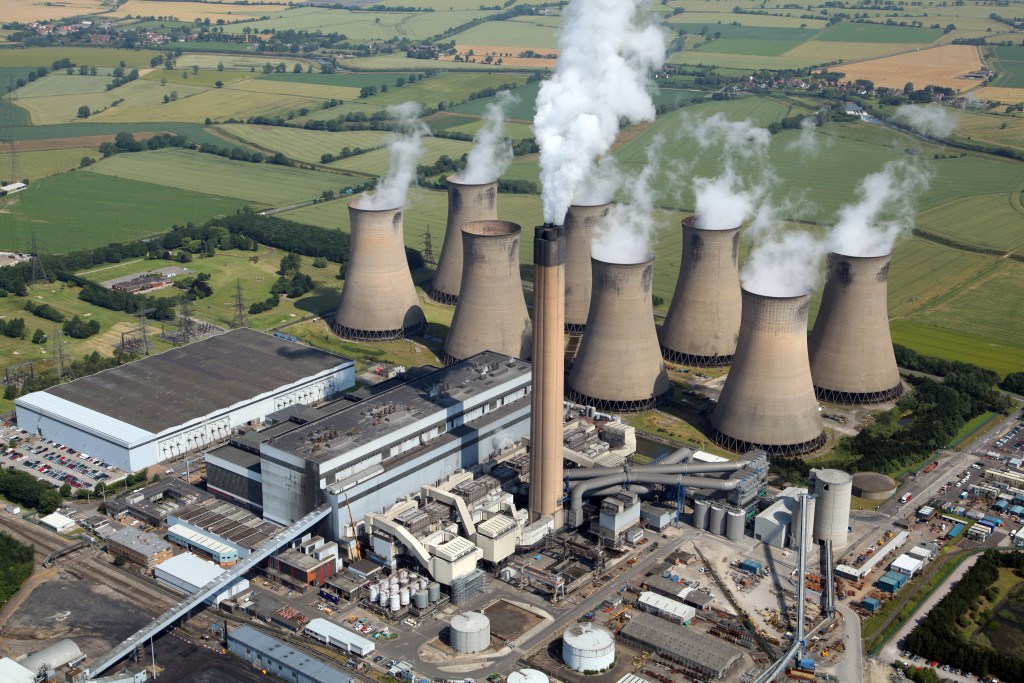The Department of Energy’s Philippine Energy Plan states that there is a need to develop oil, gas and coal resources in order “to ensure energy security.”
In 2015, the DOE approved 29 coal-fired power plants in addition to 17 already operating in the country. Traditional energy sources like coal and diesel currently make up 70 percent of the country’s energy mix, while renewable energy accounts for 30 percent.
The Philippines has one of the highest electricity rates in the world. According to the Federation of Philippine Industries (FPI), the feed-in-tariff (FIT) scheme will only make electricity rates go higher since it subsidizes renewable energy (RE) projects.
Coal is expected to be a part of the country’s energy mix because its costs are cheaper. Analysts say the transition from fossil fuels to the pushed-for renewables has to be in phases. Fossil fuels, in particular, are able to generate large amounts of energy even with the smallest use of coal or oil.
The Philippines’ growing economy needs 13, 176 megawatts of additional capacity by 2030, with majority of the sources to come from coal-fired power plants. The country is said to still have 2.4 billion tonnes of untapped coal resources and currently imports majority of its coal sources from Indonesia.
Despite the negative connotations that come with coal usage, companies now have the opportunity to adapt clean coal technology and new air pollution technology.
The Philippines is looking at more years of having coal in its energy mix, even as the rates for solar power go down. President Rodrigo Duterte previously said there was nothing wrong with building more coal plants to meet the Philippines’ growing demands for energy.


